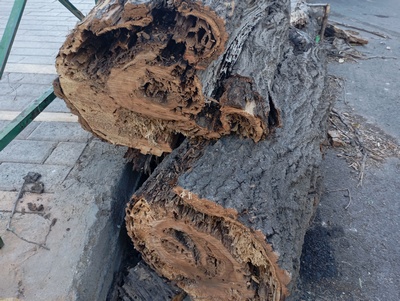The properties the errors and the enemies of wood is a primitive knowledge , attached to the first “step” , the humans made on our astonishing planet .
Wood is “Alive” , woodworking knowledge is endless !!
As i’ve ve said to you many times , wood is an “alive” material . It isn’t plastic , metal , karbon or something like that , which their molecule structure is stable .
You can have the exact same wood part from the exact same tree and log , taken from the same tree-spots and still these wood parts can be different .
Woodworking “recreates” maths .
The place on earth the trees live , the quality of the soil and the many times this soil quality changes from several reasons , affecting the tree .
Because one year the place can have dozens of animals , enriching the soil and the other year not .
The quality and the amount of rain , affect the trees . The quality of the moisture during the hole day hours , affects the trees .
The energy of the sun , the hours which “boils” or not the atmosphere , affects the trees . The inside soil waters – fluids , are affecting the trees .

The soil elements affect the trees . The quality and the type of the general flora of the place your tree lives , affects the tree and its wood quality and properties .
The bees and whatever else of the nature’s bugs , affect the trees .
The place the tree has in the forest , affects the tree . The general orientation of the tree , affects it . The age of the tree , affects your wood part .
If a tree has many “wounds” in its peel , affects the wood and i’m sure , that if a tree is “happy” or not , affect its wood quality and properies .
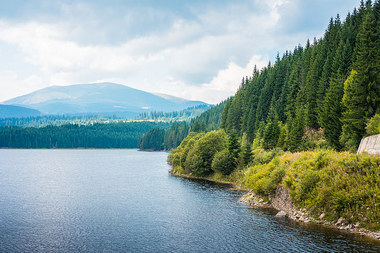
Haven’t you heard that the flowers have “feelings” and they interact to music , dangers , et.c . I’m sure the same applies for the trees .
The tree mass , has fibers and depending the specific spot you “examine” , this spot “behaves” accordingly .
The tree’s mass isn’t homogeneous and depending the direction you apply actions on it , you get the proportional “answer” .
And of course the existance of wood “errors” and general problems , affect the quality of your tree and your wood piece .
But how all of these and the variety of the wood properties , affect your woodworking activity ?
The Wood Properties are very complex .
The properties and the general “behavior” of the wood , affect your wood projects in so many ways and i’m sure that you’ve experienced some in your wood “life” .
If you try to combine wood which has big differences concerning their properties , your plan can go very wrong . If you want to create a wooden bed , the pieces of wood you sould choose , must have the same properties in the biggest grade possible .
If you mix “hard” wood with “soft” wood , or wood with big mechanical differences , at the end of your project , you may end up sleep in the floor .
Wood’s properties list :
1) The density of the wood .
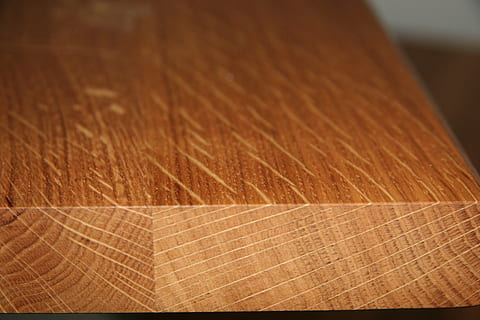
It’s the bulk of wood mass and the bulk of air , we have in a specific part of wood . If we have more mass than air , our wood is more solid and strong .
It’s how “sparse” or not is our wood’s mass . Of course we have different sparse areas of wood in the same tree .
2) The weight of the wood .

It is the weight of the wood material we have , for a specific bulk . It’s like the density of the wood , but in here we can , measure the weight more easily than the density .
It’s how many molecules – fibers – mass of wood we have in a specific area .
As you can imagine , moisture and water makes the wood heavier , than the correct dried wood .
That’s why you should buy your fireplace wood , when it’s dry enough and usually we buy wood on summer months . Wood with high moisture is heavier .
3) The hardness of the wood .
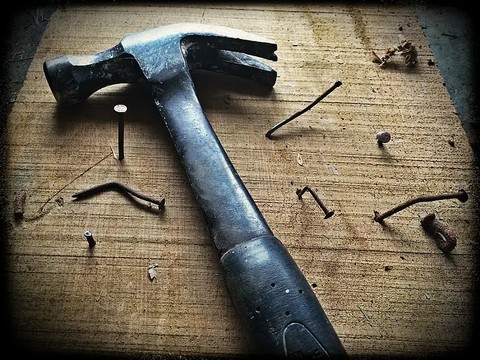
It is the ability of the wood , to resist anything which tries to enter its mass . Nail , ax or whatever . The density and moisture affect the hardness of wood .
Low moisture , makes the wood stronger , but not so flexible . Always , different wood pieces , even from the same tree , have different hardnesses .
4) The Mechanical properties of resistance .
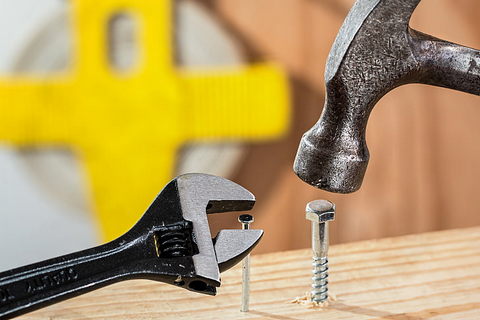
In here , we have the ability of wood to resist to the external powers , which applied to wood in general . These powers are the :
1) Crushing powers .
2) Traction powers .
3) Benting powers .
4) Penetrating powers .
5) Twisting powers .
6) Cutting powers .
7) Drilling powers .
8) Ripping powers .
All the above external powers affect the wood , depending of the direction these powers are applied to the wood , compared to the direction of the wood’s fibers .
Sometimes when you are ripping your wood logs with your ax and you aren’t “following” the “waters” of the wood , haven’t you experienced how hard is to rip the log , into pieces ?
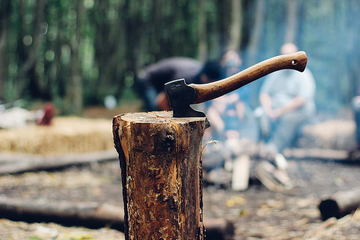
This happens because you are trying to rip your log , in the “wrong” fiber’s way . As heavier and harder is a piece of wood , the more resistance to these powers , is .
As drier the wood is , the more strong it is , but not so flexible . The primary “factory” errors of the wood , like a knob , affect the resistance and power of the wood .
5) The Elasticity and Flexibility of the wood .
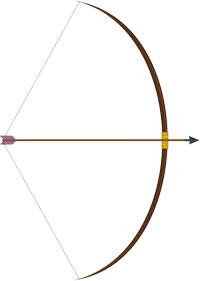
You apply a power ot wood and let’s suppose it bents . If you stop this power the wood will “return” to its primary form . This is elasticity . The easiness of this “return” shows us how good is the wood piece .
In here too , the whole “work” is done by the wood’s fibers . The level of moisture , affects the elasticity of the wood and the green wood has more elasticity .
Flexibility is the ability of wood to take a specific shape and remains there , without braking .

6) The Hygroscopicity of the wood .
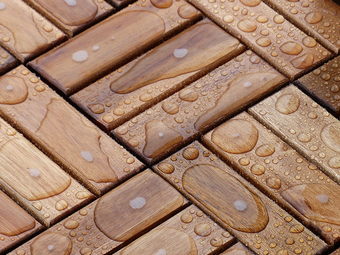
As you already know , wood absorbs and expels away the moisture it has inside . This ability of wood , is a basic one and it gives to it the so many properties .
This retrogression of the moisture makes our lives “difficult” in many cases , making the creation of our woodworking projects a “sneaky” puzzle .
The ups and downs of moisture , changes the shape of wood .
7) The Electrical properties of the wood .
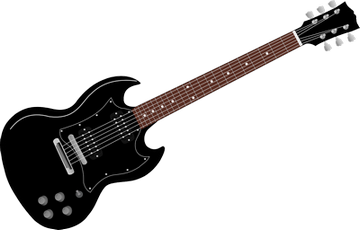
As you already may know , wood doesn’t “let” the electric power to pass throw it .
I suppose this wood property , won’t be in your top priorities but you may need to inform , how your wood piece “reacts” to electricity if you are going to do a woodworking project , concerning electricity .
8) The Thermical properties of wood .
If you are going to make a plan , in which you wood will be near fire or something like that , you need to know how easily or not , wood is burning and how handles fire .
If you want to make a wooden blower to start your fire in your fireplace , you should choose to take your wood from a tree , which has resistance to fire and burns , slower .
The olive oil wood and the yew , resist much to fire and it’s very suitable for this “job” .
You should avoid to make a wooden box , from the “wrong” wood for your fireplace’s wood , if its position will be near the fireplace . If a small spark falls on it , many bad things will happen .
If you make material and you use electrical equipment , which use high heat or a small (or bigger) blowtorch , you should create your woodworking bench from boards which don’t get burned very easily . The log houses are built from specific tree logs and the thermical “behavior” of them , is a very significant factor .
9) The Acoustical properties of wood .
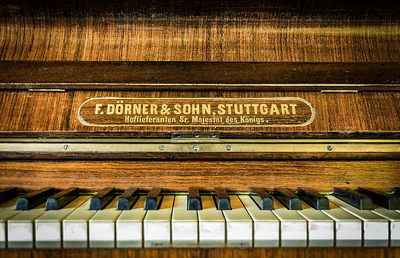
Most of musical instruments are built from wood as their main material . If you are active in this so “sensitive” area , the acoustical properties of your wood is colossal serious .
Even the tiny “mistake” , during the drying process , cutting process or the general treatment of the wood , affect to the acoustical “result” for your instrument .
10) The Glossiness of wood .

The glossiness of your wood , affests to your general treatment , to it . How smooth is and how its surface “reacts” to painting with several materials .
How much time it needs to dry completely after the painting and how it looks after the painting .
11) The Hereditary properties of wood .
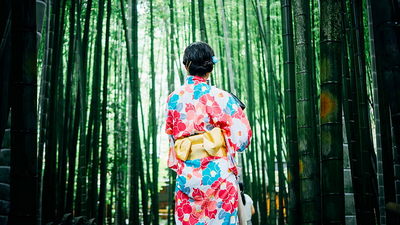
Yes even the trees have properties which are inherited from one generation to another .
The place the tree excists in the forest , the general properties the entire forest has , the soil issues , the bad “communications” or not the forest’s tree have and so many other factors , affect the tree .
Many of the wood’s “errors” , are caused by hereditary factors .
If you want to choose our wooden parts and avoid bad “surpises” , you should try to use as many of the above info and try your wood to combine as many of the characteristics you need , for your wooden plans .
Not every wood is suitable for all the wooden projects . Choose the most appropriate “balance” , of wood properties , which suits your needs and you’ll eliminate the “mistakes” and ruined projects .
I’ve written an article for the quality of the wooden and which wood is expensive and you can read it , HERE .
The “Errors” of wood .
As all materials in life , wood has advantages and imperfections . Some of them are from physical factors and some of them are caused by the interaction with the environment .
1 ) Knobs .
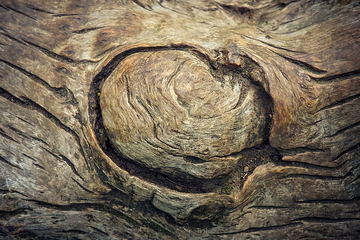
Knobs are small or sometimes bigger circular wood spots , which appear in the surface of a wood . They are created by the tree branches , inside the tree mass .
As the tree branches inside the trees are growing they “interrupt” the tree’s inside fibers , because they are taking their own “road” to the outside , becoming branches .
They are attached to the tree mass and if the branch from which they come is a green branch , they are strong above the surface . If the “mother” branch” is rotten or isn’t so “healthy” , the knobs aren’t so stable to the log .
If you have noticed sometimes when you push with not big power a knob , you can snap it out form the tree log . Knobs aren’t something we want for our wood pieces , because they “interrupt” the surface of the log – board , et.c and don’t look good .
Try to choose wood parts without knobs if possible , or with small ones . Imagine while finishing your project , a “weak” knob to fall down and leave in its position a hole . Complete disaster .
2 ) Not straight grain – texture .
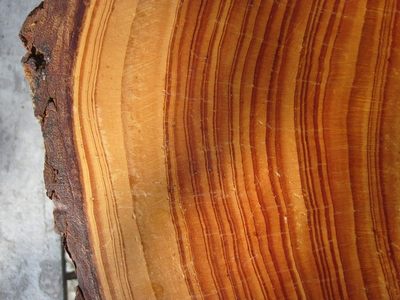
If your wood piece has inside grain ( waters) which aren’t straight , don’t choose this wood part for your plan . The askew texture is the factor number 1 , for disortion to your wood piece .
These askew grain during the drying of the wood , will “pull” the wood to several random directions and you won’t be able to do something for it . Nobody can do anything . You just avoid to supply this kind of wood .
3) Wood Cracks .
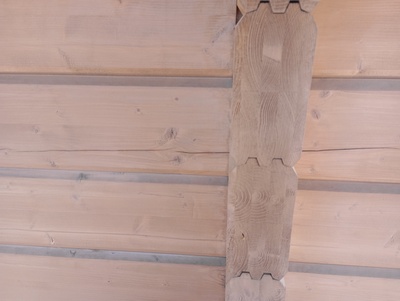
Sometimes in countries and places with very cold temperatures , some trees may freeze in their inside(their fluids) , even if nature adapts to every external conditions . As you know , freeze means expansion .
When the inside of the tree will expand , it will need more space and this fact , makes the tree crack . The outside cracks are made most of the time , by the incorrect drying process .
If the tree log / piece dry out very quickly , the cracks in the outside/peel of the tree , are unavoidable .
4) Eccentric Core – Heart of the tree .
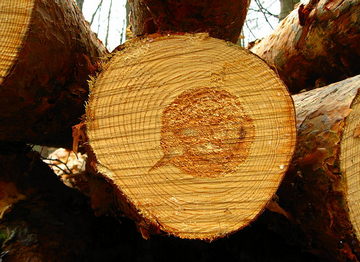
If you cut a log and you take one slice of it , to see it , you’ll see that inside there are wood “rings” . I mentioned it in a previous article , that for each year of the tree , you add a “ring” .
So if you want to see the tree’s age , you count the inside rings and you know the age .
In the center of these “rings” , you’ll see the core of the tree (which is the driest part) . In general the core of the tree is in the exact middle of the rings .
If the tree has grown in a sideways place (like the mountain slopes) the core won’t in the exact center of the log .
This is a serious tree “error” , because it affects the fibers in it . It will make your life difficult and the log will dry awry . Avoid these kinds of wood logs/parts .
The general looks of the tree/wood is also a crucial factor of its quality and avoid wood pieces which are rotten , or about to be rotten .
Your wood should has good appearence , must smell nice , and doesn’t have holes from bugs and other factors .
Sometimes a small hit by the tree’s tranportation , can damage and cause serious themes to your wood . See it , touch it , inspect it , smell it and be very cautius to identify any sign you don’t like .
The transportation damages , can be one of the tree’s “enemies” and they can harm it . But the trees have more “enemies” and let’s see what they are :
“Enemies” of Wood .
1) Freeze weather .
As you’ve read before if you leave in a place with extreme low temperatures(and sometimes not so low) , the inside fluids of the trees are freezing . That situation causes , expansion and the cracks are unavoidable , no matter what you do .
One characteristic example is the lemon tree . It let’s its fluids on its branches and doesn’t “withdraw” them in the log , so the fluids are freezing and the branch is destroyed .
The lemon tree is extremely sensitive to the cold weather , that’s why you should choose the place to plant them very carefully . You should avoid the northern places and keep it protected the cold winter nights .
So be very careful to protect your trees from freezing weather and inform if you can , from where the wood you’ll buy , came from .
2) Fire .
I don’t have many to say in here . Fire burns wood and it’s the number one “enemy” for it . No matter what , if a wood piece falls into a fireplace or something like that , it will burn .
What can you do ? Have your wood projects away from the fire .
3) Bugs & Fungi of any kind .
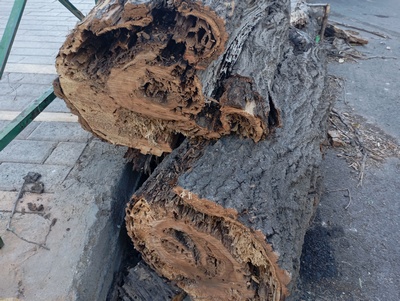
The tree’s inside fluids and its inside material are very good and delicious(!) food for all the bug types , outhere . At first they “drink” the fluids and than they proceed to the main “dinner” .
You won’t understand anything , till it’s too late and your wood starts to smell , very badly . You’ll notice a white tiny dust in the place you’ve left your wood piece and if you let it as it is your wood will be destroyed , completely .
Read HERE my “newbie” bug story .
Always check for this white tiny dust , in the places you leave your wood and if you see something “strange” act immediatelly .
In the wood markets there are many(and very effective) bug medicines , you can apply to your wood . These medicine are penetrating inside of the wood and kill the bugs .
4) Moisture .
One of the most “sneaky” and “silent” enemy of wood is the moisture and water in general . The fluctuation of your wood’s moisture , changes the wood’s mass and shape and creates cracks and many other problems .
If you cut a wood piece/log from a tree and you try to create your woodworking plan without dry it , your projects will be face very serious problems , with 100% certainty .
The remaining fluids inside it , they’ll start to decompose and your wood piece will bent for sure , as it dries out during time . So never use a wood piece for the “job” you want , before you dry it out in a very good grade .
The moisture fluctuation of wood is also loosen the bonds between the wood’s fibers and make it rotten more easily . As you see the moisture and the water are very important factors to your “precious” wood and they can ruin very easily your projects .
The control of moisture is a colossal factor , for your woodworking projects success .
Keep woodworking and happiness will be there for you always .
